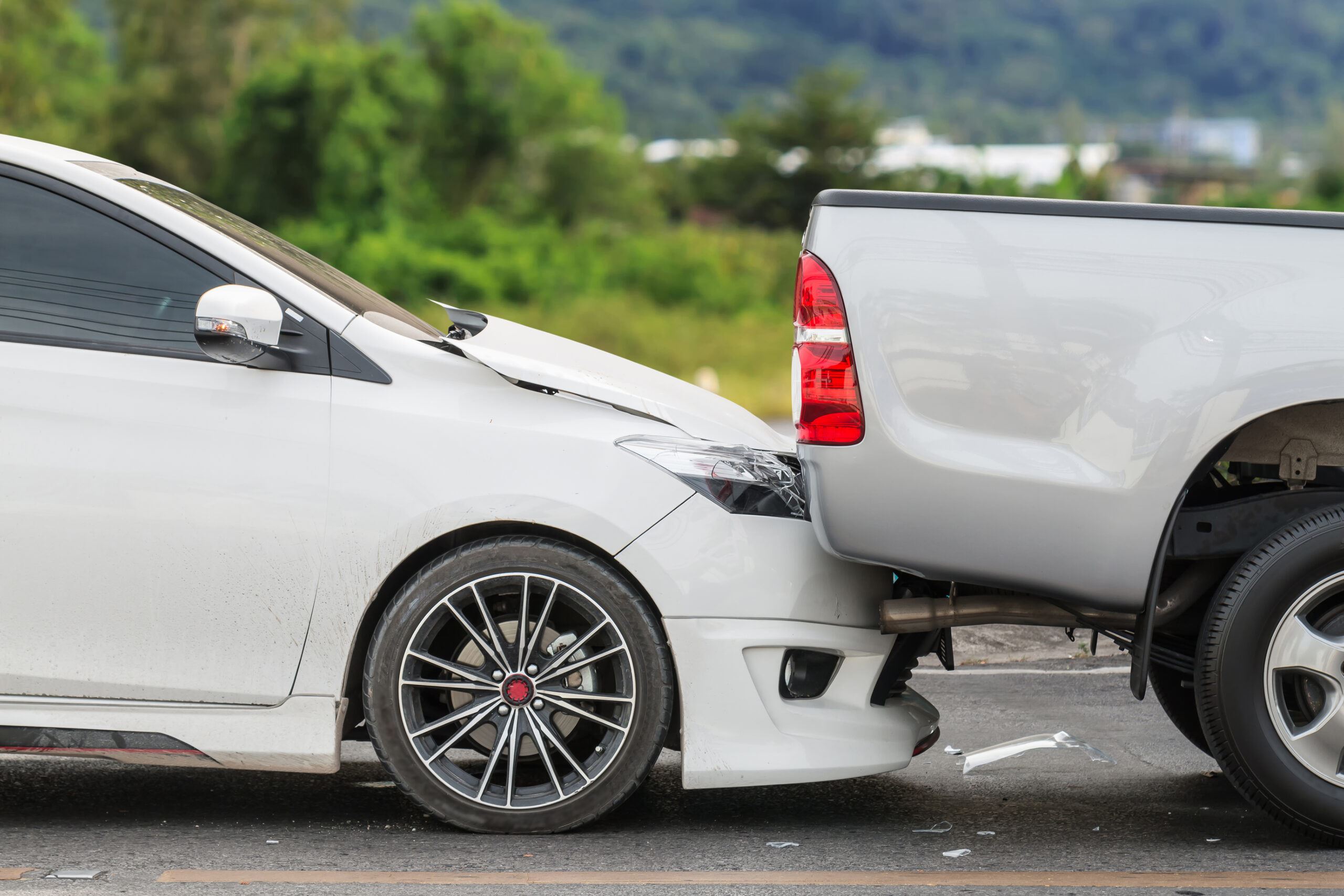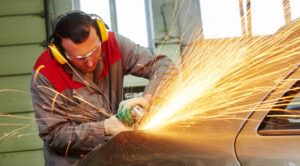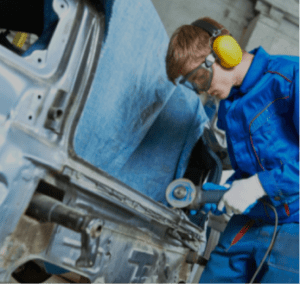Whether it’s bumper-to-bumper traffic on the interstate or a fender bender in the driveway, front-end collisions happen often. But a car collision doesn’t need to be a major accident for there to be severe damage. A minor bump can cause expensive repairs too. Let’s look at the most common damages in front-end collisions.
BUMPER DAMAGE
A bumper is usually the first part of a car to make contact in a front-end collision. That means they are often damaged in accidents. Bumper damage can vary from minor scrapes, cracks, and small dents to complete separation or detachment of the front bumper cover. In the most severe cases, a car bumper can be pushed into the engine compartment. Front Bumper covers are often made of plastic and can crack or break with a small amount of force.
SUSPENSION & ALIGNMENT PROBLEMS
This area is particularly vulnerable in front-end collisions, especially if your car has an independent suspension where each wheel is attached to its own arm. Suspension parts can break and cause alignment problems that will make it difficult to drive. Replacing suspension parts usually means a tow and a lengthy repair process, so be sure to have your vehicle checked by a certified technician as soon as possible.
WHEELS & HUBS PROBLEMS
A wheel can get bent out of shape in a front-end collision, leading to vibration, imbalance, and other problems that make driving difficult and unsafe. Damaged wheels can also cause damage to the brake system. Hubs are expensive to replace, so it’s essential to be aware of the signs that you need this type of repair.
WINDSHIELD DAMAGE
This is one of the most common damages in front-end accidents. A small crack might not seem like a big deal, but it can quickly grow into a much bigger problem. You should always fix your windshield as soon as you notice damage because severe cracks and chips can compromise your safety and ability to see clearly.
CAR BODY FRAME DAMAGE
The car body frame is the backbone of the car. It supports the vehicle’s weight, provides stability, and keeps your interior cabin from caving in on itself during a collision. Major damage to this area can be costly to fix, so if you notice any dents or signs of an impact, you should not drive your car and have it checked out by a professional so further damage does not occur.
POSSIBLE TRANSMISSION AND ENGINE DAMAGE
Transmissions and engines are so tightly packed together that even minor collisions can cause problems. Transmission fluid leaks, damage to the radiator, oil leaks, and engine damage are all possibilities in front-end accidents that seem like they should be relatively minor.
HEADLIGHT DAMAGE
Front-end collisions can result in broken headlights. Broken headlights might not seem like a big deal, but they are essential. Cracked or otherwise damaged lights will make it difficult to see at night and can reduce your visibility to other drivers, which drastically increases the risk of being involved in another accident. It’s vital that you get any damage checked out immediately.
FENDER AND GRILLE DAMAGE
The front end of your car, including the fender and grille, are designed to protect the engine. These areas are often damaged in minor collisions that seem like they shouldn’t be a big deal. Be sure to check your vehicle thoroughly before driving again, as any further damage here can lead to other more expensive problems down the road.
CAR HOOD DAMAGE
The car hood is designed to pop up in the event of a front-end collision. It is supposed to be flexible and act as a shock absorber for the engine compartment. It’s no surprise that the hood can be damaged in a front-end collision. Be sure to have any damage inspected by a professional before driving again. Any damage under the hood can cause future issues with your engine, cooling system, and other components.
Even if your car seems fine after a front-end collision, it’s essential to get checked by a professional to prevent further damage. Taking your car in for a check-up and repair after an accident is critical since you want to ensure your vehicle is running correctly before putting it back on the road.



